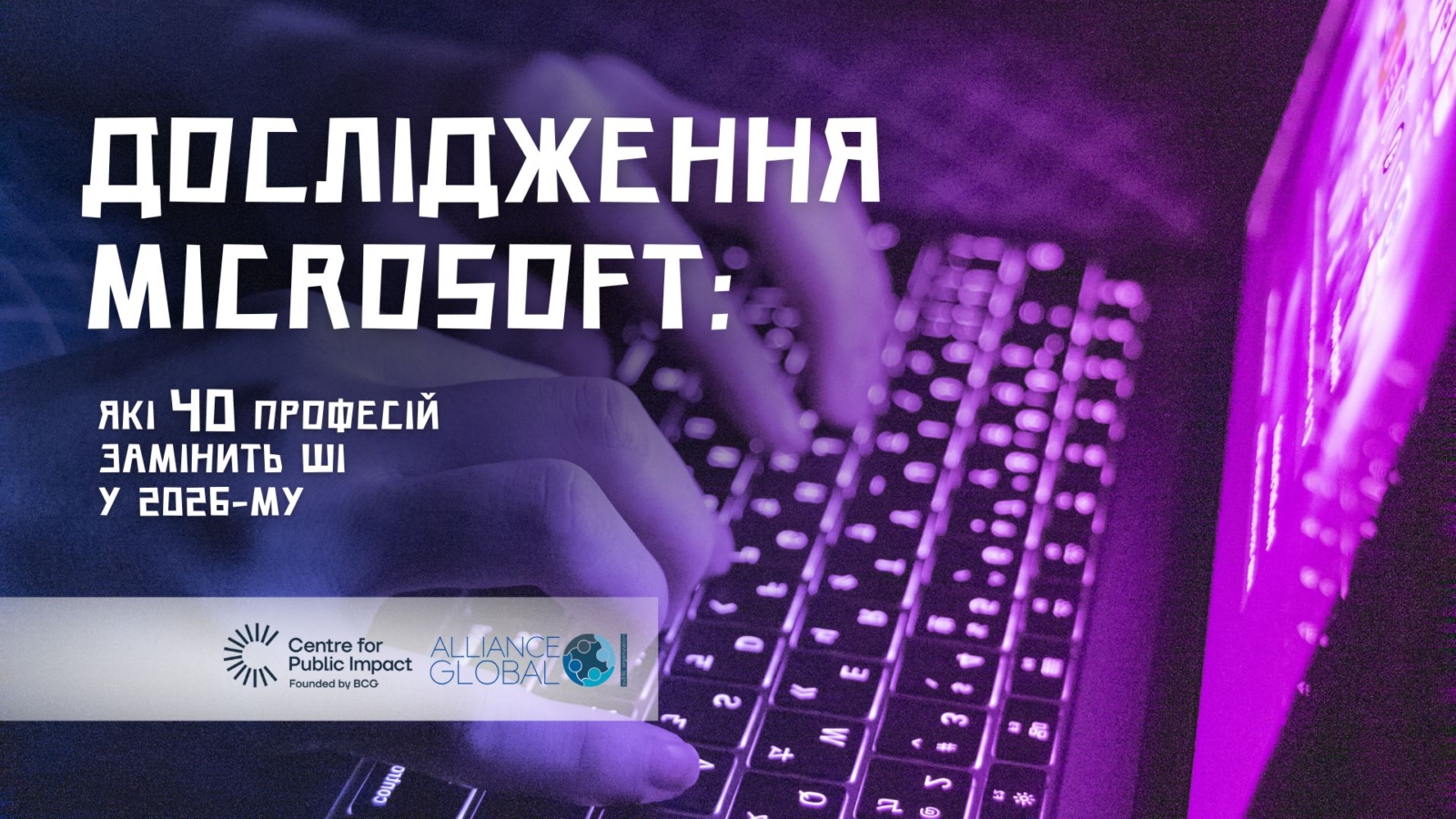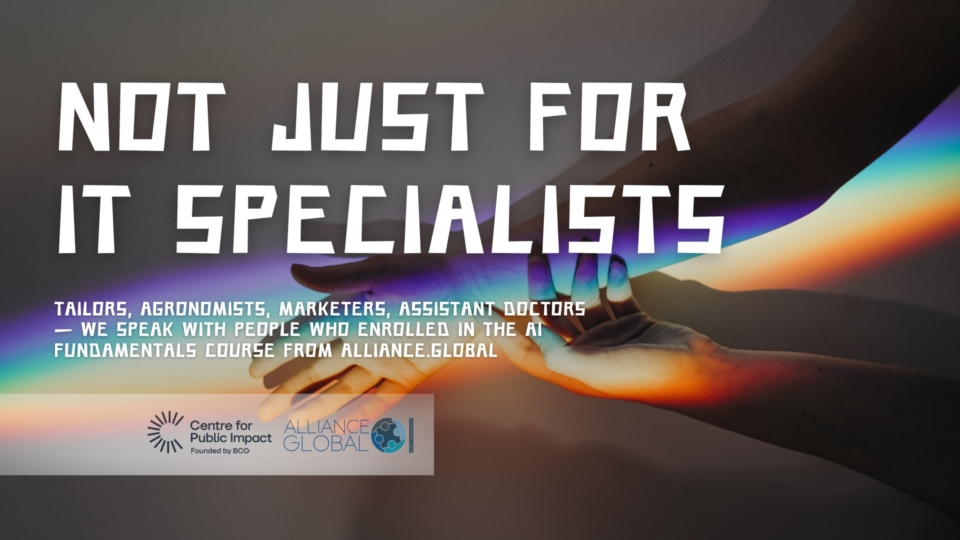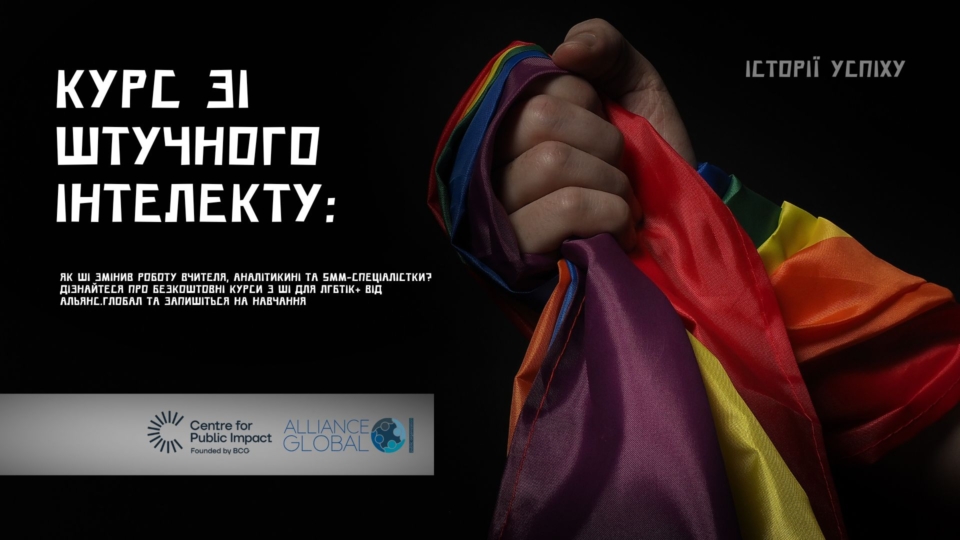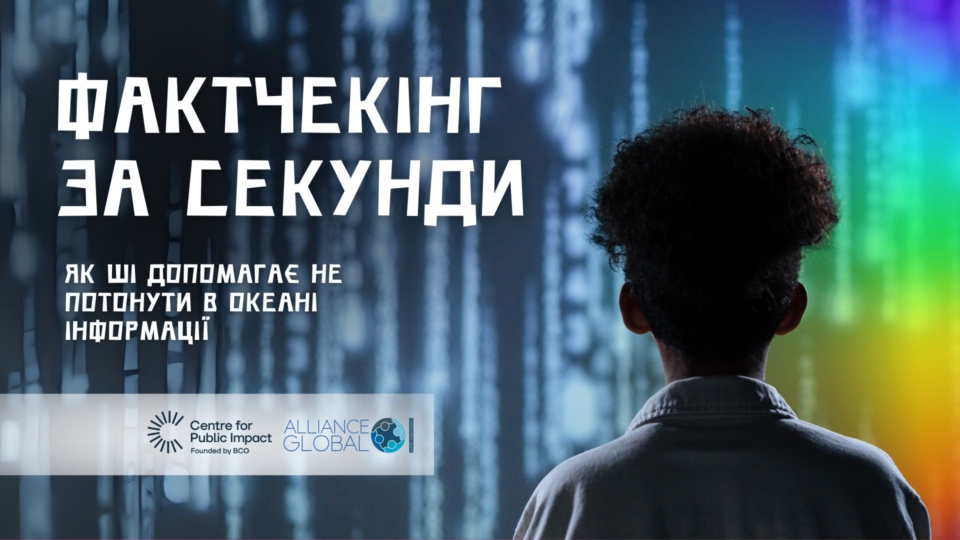Microsoft Research: Which 40 Professions Will AI Replace by 2026
23.09.2025

Microsoft research revealed which professions are under threat by 2026 and how to prepare for changes in Ukraine.
The largest study on AI’s impact on professions by Microsoft Corporation analysed 200 thousand real conversations between users and artificial intelligence. Based on the results, by the end of 2026, 92 million jobs will disappear globally, whilst 170 million new ones will emerge.
Due to the full-scale war with Russia, Ukraine has lost 40% of its working-age population. This poses a serious threat to macroeconomic stability for the majority of the population. But for vulnerable groups, everything is considerably more complex. AI poses the greatest threat to professions requiring higher education, where many representatives of the LGBTQ+ community have traditionally worked.
How Microsoft Created a Map of Professional Apocalypse
The Microsoft Research team tracked how people use artificial intelligence for nine months. They wanted to understand which tasks AI performs best and where it still falls short compared to humans.
As a result, they obtained what appears to be the most accurate “vulnerability index” for professions worldwide. At the bottom of the league table are translators, with 49%.
Following them are historians with a 48% risk – AI excels at gathering and systematising information. Train conductors received 47% – their reference functions are easily replaced by bots operating 24/7.
Service sales representatives risk 46% – AI personalises offers through client data analysis faster than any manager. Writers and authors received a rating of 45% – AI creates texts, particularly technical ones, almost like humans do.
But the most interesting aspect isn’t the figures, but their explanation. Microsoft discovered that AI performs best with tasks that require higher education but can be algorithmised. The paradox is that the more complex such a profession is, the easier it is to replace its practitioners.
And the most protected? Phlebotomists (those who take blood for tests) – only 3% risk. Healthcare assistants – 5%. Surgeons – 9%. Physical work with human contact remains (for now) beyond machines’ capabilities.
170 Million New Jobs: The World Isn’t Collapsing, It’s Transforming
The World Economic Forum calculated: AI will eliminate 92 million jobs by 2030. But it will create 170 million new ones. The net gain – 78 million positions.
78% of organisations use AI in at least one business function. Workers with AI skills receive on average a 32% salary premium, according to PwC research. And $4.4 trillion represents the potential productivity increase from corporate AI.
The fastest-growing new professions are: Machine Learning Engineer (+143% annual growth according to Harvard Gazette), Prompt Engineer (+136%), Computer Vision Engineer – where there’s a critical shortage of specialists.
From Wall Street to Foxconn: Who Has Already Replaced Humans with Machines
Talk about the future is all well and good, but what’s happening now? Goldman Sachs reports: over 90% of trading operations on Wall Street are executed by algorithms, not traders.
JP Morgan Chase has reduced loan processing time from days to hours thanks to machine learning. It achieved a 20% reduction in account validation rejections. Wells Fargo uses deep learning for real-time fraud detection.
IBM plans to replace 30% of back-office roles over 5 years – that’s approximately 7,800 positions in HR, clerical functions, and risk assessment. BT is cutting 55,000 jobs, 10,000 of which will be replaced by AI in customer service.
Sometimes entire departments suffer:
Duolingo dismissed 10% of contractor translators in favour of AI, reports Fortune. Dukaan from India replaced 90% of support staff with its own chatbot, achieving 85% cost savings. BlueFocus from China completely replaced content writers and designers with generative AI.
Ukraine at a Crossroads: War, Demographics and Artificial Intelligence
Let’s return home. Ukraine ranks 2nd in Central and Eastern Europe for the number of AI companies. According to the Institute for AI Problems of the Ministry of Education and Science and the National Academy of Sciences of Ukraine, we expect a 37% increase in labour productivity by 2025. All this, again, thanks to AI use in work.
But we have a special context – war. We’ve lost approximately 40% of our working population through migration and mobilisation. 1.7 million Ukrainians abroad require retraining. Up to 4.5 million additional workers are needed for post-war reconstruction, whilst 74% of employers experience staff shortages.
Minister of Digital Transformation Mykhailo Fedorov sees this as an opportunity: “AI won’t replace human labour, it will complement it”. Automation of 50% of labour activity between 2030-2060 could compensate for demographic losses.
Diia.Digital Education aims to teach 6 million Ukrainians digital literacy over 3 years. The Ministry of Education created a working group of 30 specialists to develop recommendations for AI use in schools.
What You and Millions of Other Ukrainians Should Do
There are currently three paths:
First – denial. Continue working, ignoring changes, hoping that “this won’t affect me”. The worst option, because changes are already happening.
Second – panic. Drop everything and urgently retrain as a programmer. A poor option, because even programmers are under threat – Microsoft gave them a 44% risk.
Third – adaptation. Understand how AI can optimise your work rather than replace you.
If we return to translators, the best ones already use AI as a tool – for draft translations, terminological dictionaries, context checking. They’ve become faster and more accurate. And clients are willing to pay more for the quality that human + machine provides.
Free retraining programmes are operating right now: Learn more about AI fundamentals courses for LGBTQ+ people and our other educational programmes from ALLIANCE.GLOBAL.
Skills That Will Save You in an AI World
Microsoft’s research revealed an interesting pattern: AI best replaces routine tasks, even complex ones. But there are things that remain purely human:
Creative thinking – not idea generation (AI can already do this), but their evaluation, adaptation to context, understanding cultural nuances.
Emotional intelligence – the ability to understand what a client, colleague, or partner feels. AI can mimic empathy but cannot feel it.
Complex problem-solving – not by algorithm, but in situations of uncertainty where no correct answer exists.
Ethical reasoning – understanding the consequences of decisions for people, society, and future generations.
Learning to work with AI – prompt engineering, data analysis, machine learning fundamentals are becoming basic skills for most professions.
New professions are already emerging: AI auditors, ethical advisors for responsible technology use, directors of trust for monitoring system accuracy.
The End of the Story That Depends on Us
By 2026, labour market transformation through AI will become irreversible. Microsoft reports: 46% of workers plan to change jobs soon, whilst 78% of leaders are considering hiring AI specialists.
The most important steps today:
- Begin learning AI fundamentals and digital literacy
- Integrate AI tools into educational programmes
- Create partnerships with technology companies
- Develop support programmes for the most vulnerable professions
- Lobby for ethical AI use standards
The time for preparing for the AI revolution is right now. Organisations and people who act today will have better positions in a world where humans and artificial intelligence work together. We invite the LGBTQ+ community to join the changes! Take part in a free educational programme on artificial intelligence (AI) fundamentals. This course will help you expand your knowledge about AI and learn its effective use in professional activities.
Duration: 6 weeks, 2 hours per week.
Learning format: online, at convenient times on the coursera.org platform
News








